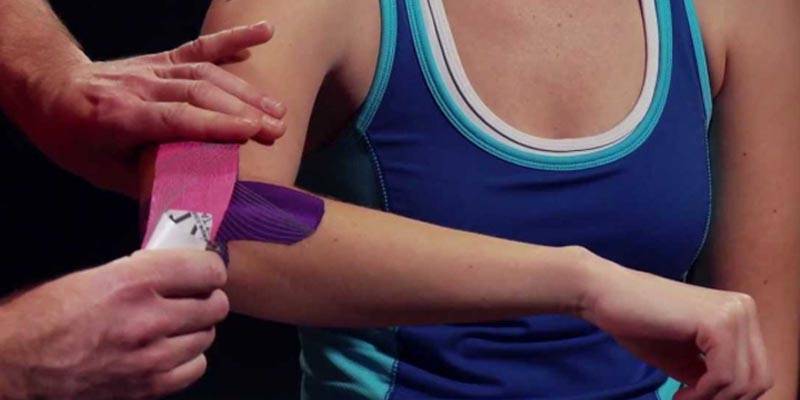|
BOOK NOW |
ASK ABOUT YOUR PAIN |
Home > Blog > Hand Therapy & Customized Splinting > Conditions > Finger, Hand, Wrist, Forearm & Elbow Conditions > Medial Epicondylitis Hand Therapy
Medial Epicondylitis Hand Therapy
“Working with a knowledgeable hand therapist can make the difference between success and failure in complex hand surgical cases. The therapist extends the continuum of our care, as well as functioning as coach and trainer for our patients.”
Marybeth Ezaki, MD, Past President, American Society for Surgery of the Hand
In Phoenix Rehab, our senior hand therapists are experienced licensed and dedicated therapists (physiotherapists and/or occupational therapists) who specialized ONLY in the rehabilitation, treatment and management of painful fingers, hands, wrists, forearm & elbow conditions, because of interest, passion and expertise.

Golfer’s elbow has many medical names.
This painful condition on the inside of the elbow can also be called
- medial elbow tendonitis
- medial elbow tendinosis or
- medial epicondylitis
By any name, golfer’s elbow involves tendons located around the inside of the elbow.
These tendons flex and bend the wrist and fingers down, as well as turn the palm down. Over time and use, repetitive motion can slowly damage and injure the tendons and they may become painful.
What are the symptoms of medial epicondylitis?
Golfer’s elbow symptoms include pain and aching in the elbow and/or weakness in the forearm, wrist and hand. Tenderness to touch is found just above or below the bony bump on the inside of the elbow.
Patients may also experience tightness in the forearm and difficulty with daily activities such as
- wearing undergarments and dressing
- wearing shoes
- pulling door open
- etc
What are the causes of medial epicondylitis?
Many patients diagnosed with golfer’s elbow have never golfed!
Any repeated activity with the palm down and the wrist bent or gripping can strain the tendon at the inside of the elbow. Actions that may make the problem worse include
- gripping
- pulling or
- lifting
Common activities that may lead to medial epicondylitis can include
- pitching like in cricket, baseball, softball
- golfing
- carrying and pulling a heavy suitcase
- playing a violin
- painting
- carrying heavy load such as groceries
The most common age group with medial epicondylitis is between 20-50 years old, although it can happen to anyone at any age.
What is the treatment for medial epicondylitis?
Treatment from a doctor can include
- medications
- steroid injections into the painful area and
- rest
A doctor can also send a patient to our senior hand therapist. Surgery is only considered if the pain is severe, and/or symptoms have been present for six months or longer.
Activities performed with the palm down and wrist bent, such as carrying a suitcase, can strain the tendons at the inside of the elbow
What can a hand therapist do for me?
Our senior hand therapist can help by first finding the cause of the problem, and which activities make the pain worse. The senior hand therapist may educate on injury prevention and how to change painful activities.
We can fabricate a custom wrist orthosis (brace) to rest the wrist flexors. We will often teach stretching and strengthening exercises, as well as use other treatments to help decrease the pain.
The #1 goals of hand therapy is to
- regain motion, function and strength, and
- return to pain-free daily life in work, responsibilities and play
If surgery cannot be avoided, hand therapy is important to regain motion and strength, as well as return to prior level of activity after the operation.
Example of a wrist orthosis to rest the wrist flexors
Patients may also receive the following hand therapy treatment modalities: